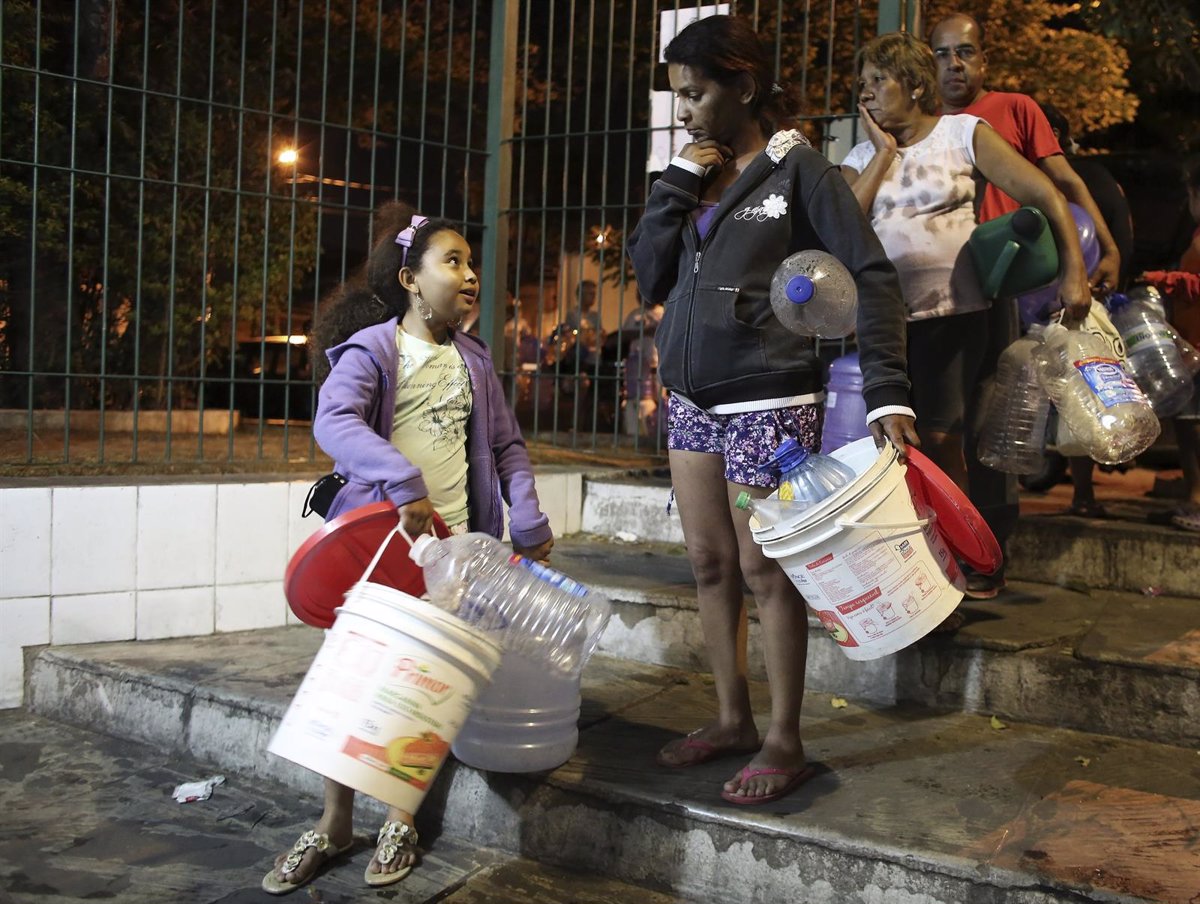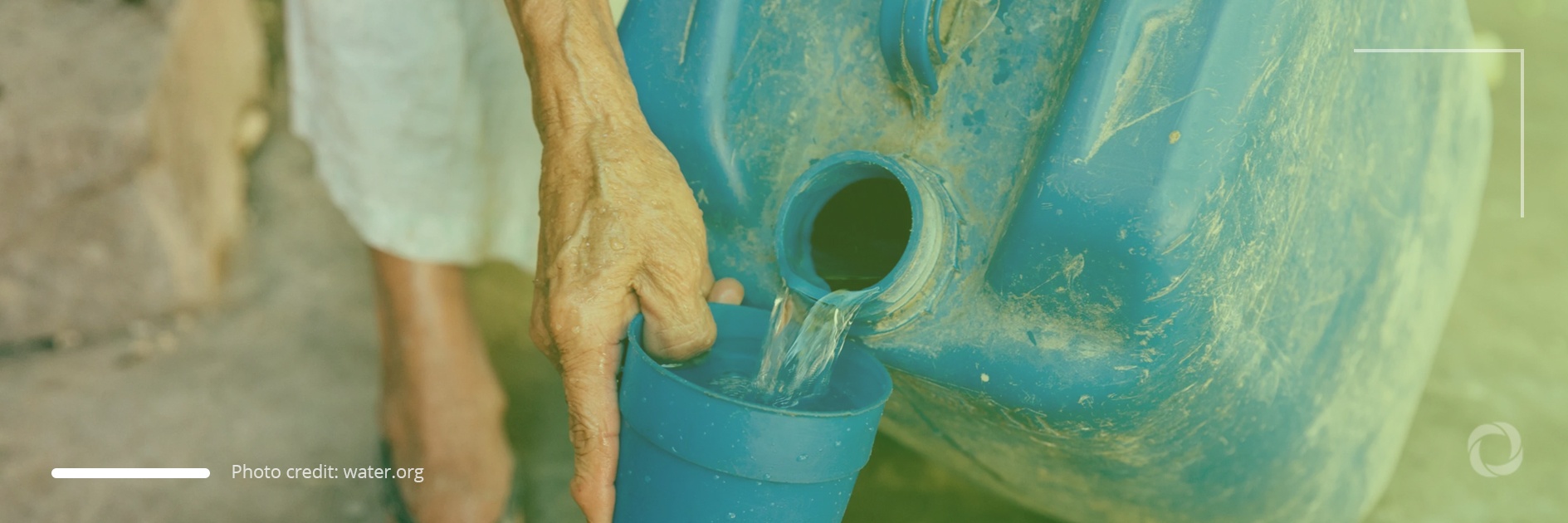If no measures are adopted, 74 million Brazilians could suffer from a lack of drinking water by 2035.
Curitiba is one of the main capitals of Brazil. Located in the south of the country, in the state of Paraná, it has just over 1.5 million inhabitants. The city has faced water rationing for over a year because the springs that supply the capital have dried up due to the lack of rain. This is just one of the examples of how the water crisis has hit Brazil but the scenario could be worse in the coming years.
Only 14% of the Brazilian urban population has access to water supply systems that are considered satisfactory and almost two-thirds – 61% – live in regions where expansions or adjustments are needed. ANA points out that Brazil needs partnerships to invest in dams, water mains, channels, and hydrographic basin integration axes that will allow for an increase in supply in critical areas.
In the country, 67% of water is used for irrigation, 11% for animal consumption, 9.5% for industry, and 9% for human consumption. Today, the economic risk of a lack of water is R$228.4 billion but, if nothing is done, this will reach R$518.1 billion by 2035.
Sewage treatment
Another survey undertaken by the Instituto Trata Brasil also introduces worrying data in relation to sewage treatment rates in the country.
Wasted water rate increased
Meanwhile, the waste of water grows every year. According to the Instituto Trata Brasil, in 2015, 36.7% of the drinking water produced in the country was lost during distribution. In 2018, the most recently available data, this index reached 38.5% or 6.5 billion cubic meters of water, the equivalent of 7,100 Olympic swimming pools wasted per day.
This means that, for every 100 liters of water captured from nature and treated to become potable, almost 40 liters was lost due to leaks in the networks, fraud, and errors in reading water meters besides other problems.
In addition, as this water was not billed by the companies responsible for its distribution, the economic losses reached R$12 billion, equivalent to the resources that were invested in water and sewage in Brazil throughout the year.

What Brazil is doing to change
In 2020, the government of Brazil sanctioned a new basic sanitation regulation as a measure to encourage the participation of private companies in the sector. The model paves the way for the involvement of businesses to ensure that 100% of cities have access to water and sewage.
Currently, only 6% of cities are served by the private sector in the country whereas in 94% of the municipalities, this service is provided by the government. The forecast is that the new regulation will generate investments of US$140 billion in the coming years.
Worldwide scenario
According to the World Meteorological Organization (WMO), more than 5 billion people worldwide may have difficulty accessing water by 2050. In 2018, there were already 3.6 billion who did not have sufficient access to water for at least a month according to a new report from the organization.
WMO also warns that over the past 20 years, soil water storage has decreased by one centimeter a year. While the most significant losses occur in Antarctica and Greenland, “many densely populated areas, located at lower latitudes are suffering significant losses in places that generally provide water supply,” WMO said.
These losses have “important consequences for water security,” said the organization especially since “available and usable freshwater represents only 0.5% of the water present on Earth.”

